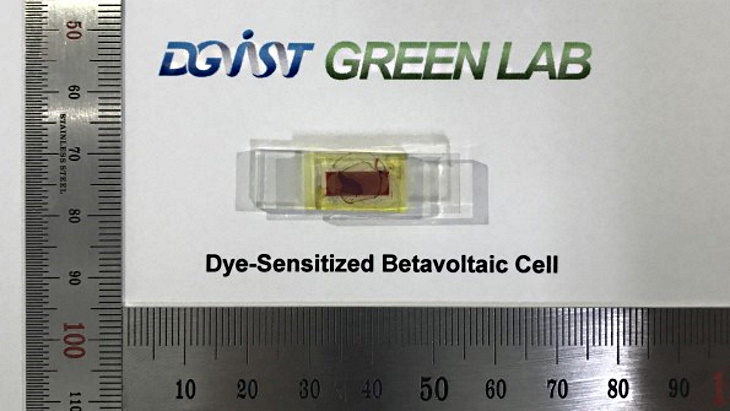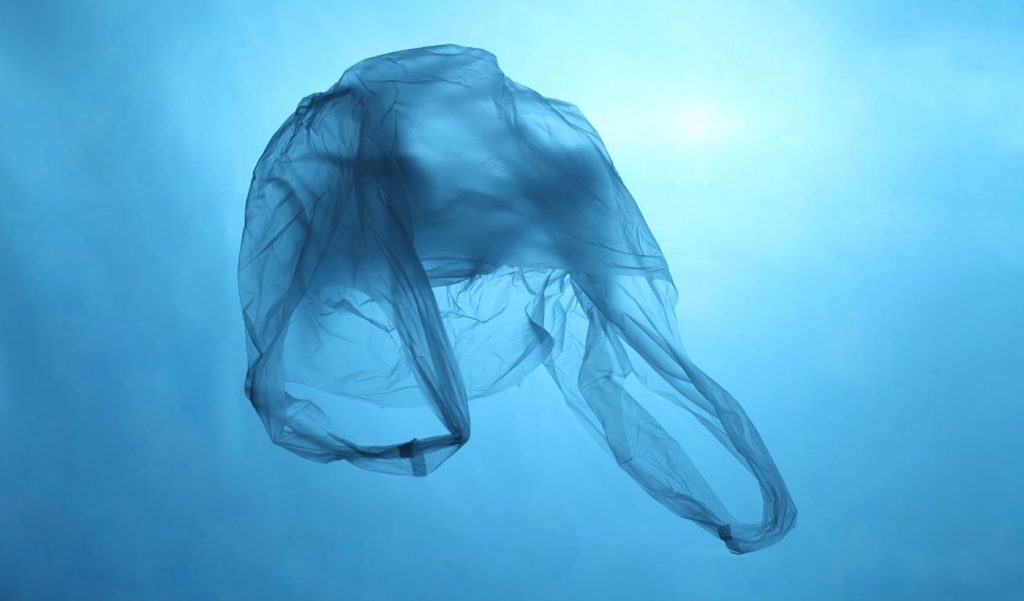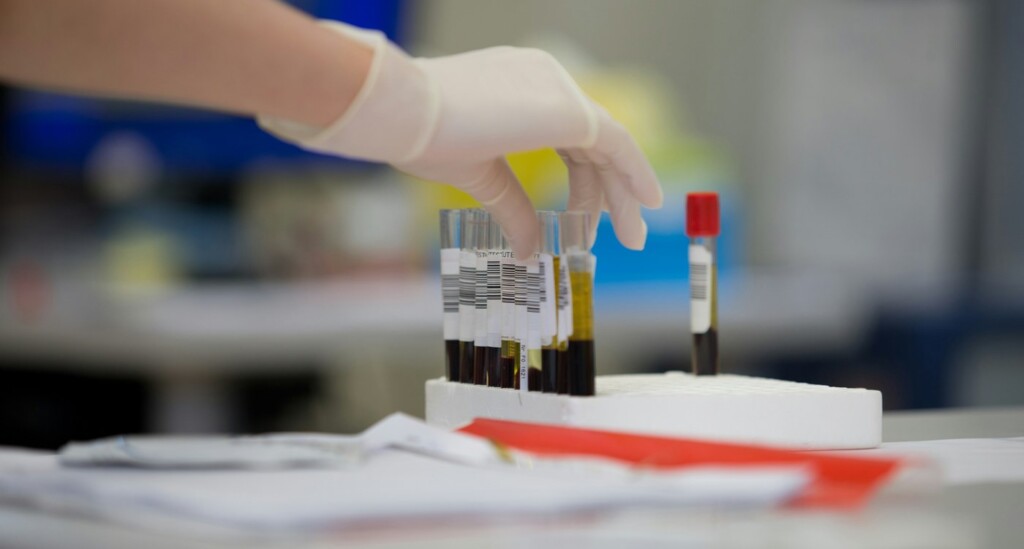A SpaceX Crew Dragon carrying four astronauts docked with the International Space Station Monday, the first of what NASA hopes will be many routine missions ending US reliance on Russian rockets.
“Dragon SpaceX, soft capture confirmed,” said an announcer as the capsule completed its 27.5 hour journey at 11:01 pm (0401 GMT Tuesday), with the second part of the procedure, “hard capture,” occurring a few minutes later.
The spacecraft, named “Resilience,” docked autonomously with the space station some 260 miles (400 kilometers) above the Midwestern US state of Ohio.
The crew is comprised of three Americans — Michael Hopkins, Victor Glover and Shannon Walker — and Japan’s Soichi Noguchi.
Earlier, mission commander Hopkins gave pilot Glover his “gold pin,” a NASA tradition when an astronaut first crosses the 100-kilometer Karman line marking the official boundary of space.
Glover is the first Black astronaut to make an extended stay at the ISS, while Noguchi is the first non-American to fly to orbit on a private spaceship.
The crew joins two Russians and one American aboard the station, and will stay for six months.
Along the way, there was a problem with the cabin temperature control system, but it was quickly solved.
SpaceX briefly transmitted live images from inside the capsule showing the astronauts in their seats, something neither the Russians nor the Americans had done before.
US President-elect Joe Biden hailed the launch on Twitter as a “testament to the power of science and what we can accomplish by harnessing our innovation, ingenuity, and determination,” while President Donald Trump called it “great.”
Vice President Mike Pence, who attended the launch with his wife Karen, called it a “new era in human space exploration in America.”
The Crew Dragon capsule earlier this week became the first spacecraft to be certified by NASA since the Space Shuttle nearly 40 years ago. Its launch vehicle is a reusable SpaceX Falcon 9 rocket.
At the end of its missions, the Crew Dragon deploys parachutes and then splashes down in water, just as in the Apollo era.
SpaceX is scheduled to launch two more crewed flights for NASA in 2021, including one in the spring, and four cargo refueling missions over the next 15 months.
NASA turned to SpaceX and Boeing after shuttering the checkered Space Shuttle program in 2011, which failed in its main objectives of making space travel affordable and safe.
The agency will have spent more than $8 billion on the Commercial Crew program by 2024, with the hope that the private sector can take care of NASA’s needs in “low Earth orbit” so it is freed up to focus on return missions to the Moon and then on to Mars.
SpaceX, founded by Elon Musk in 2002, leapfrogged its much older rival Boeing, whose program floundered after a failed test of its uncrewed Starliner last year.
– Russians unimpressed –
But SpaceX’s success won’t mean the US will stop hitching rides with Russia altogether, said NASA administrator Jim Bridenstine. The goal is to have an “exchange of seats” between American astronauts and Russian cosmonauts.
Bridenstine also explained it was necessary in case either program was down for a period of time.
The reality, however, is that space ties between the US and Russia — one of the few bright spots in their bilateral relations — have frayed in recent years.
Russia has said it won’t be a partner in the Artemis program to return to the Moon in 2024, claiming the NASA-led mission is too US-centric.
Dmitry Rogozin, the head of Russia’s space agency, has also repeatedly mocked SpaceX’s technology, telling a state news agency he was unimpressed with the Crew Dragon’s “rather rough” water landing and saying his agency was developing a methane rocket that will be reusable 100 times. But the fact that a national space agency feels moved to compare itself to a company arguably validates NASA’s public-private strategy.
SpaceX’s emergence has also deprived Roscosmos of a valuable income stream.
The cost of round-trips on Russian rockets had been rising and stood at around $85 million per astronaut, according to estimates last year.
– Biden incoming –
Presidential transitions are always a difficult time for NASA, and the ascension of Joe Biden in January is expected to be no different.
The agency has yet to receive from Congress the tens of billions of dollars needed to finalize the Artemis program.
Bridenstine has announced that he will step down, to let the new president set his own goals for space exploration.
So far, Biden has not commented on the 2024 timeline.Democratic party documents say they support NASA’s Moon and Mars aspirations, but also emphasize elevating the agency’s Earth sciences division to better understand how climate change is affecting our planet.
Source: https://www.daily-bangladesh.com/

_11126.jpg) The uranium battery concept (Image: JAEA)
The uranium battery concept (Image: JAEA)

 credit – Adrian Sulyok on Unsplash
credit – Adrian Sulyok on Unsplash.jpg?ext=.jpg)


